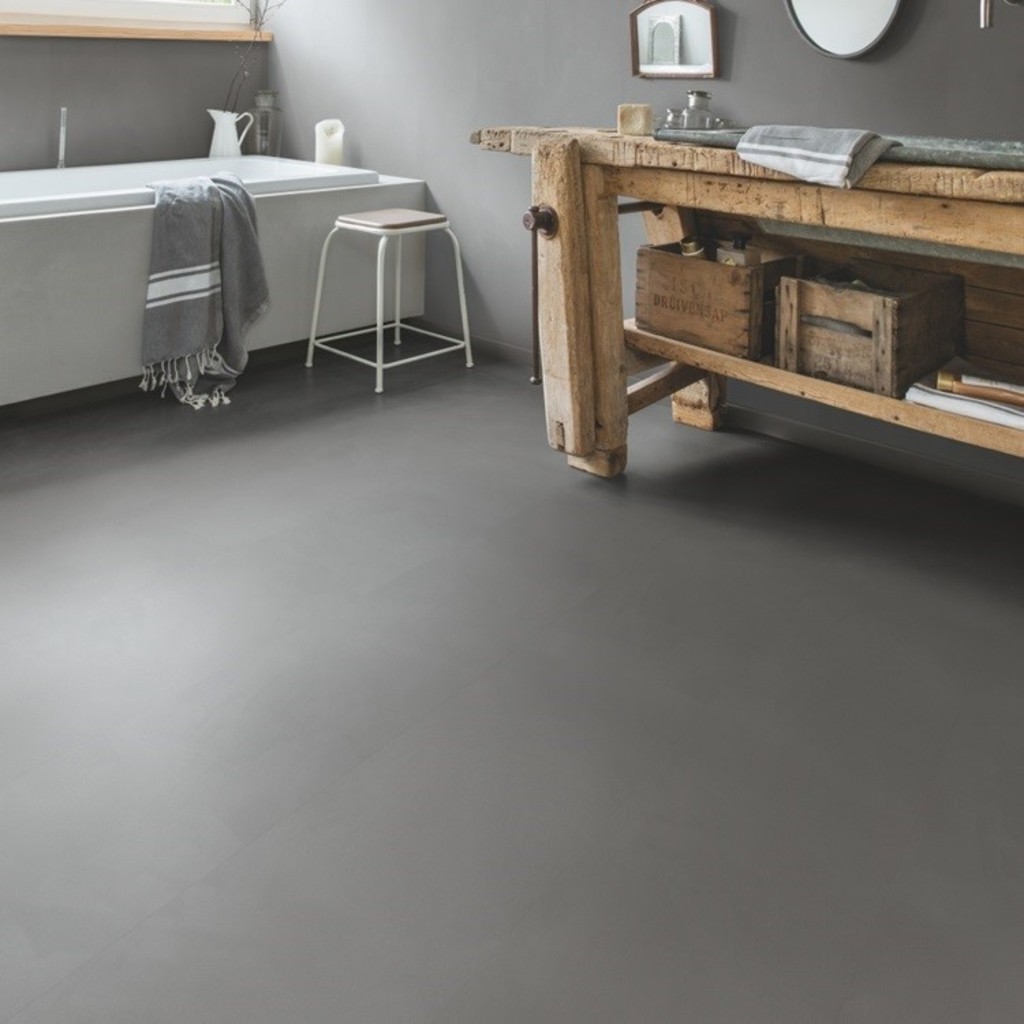Vinyl Flooring Maintenance and Cleaning
Vinyl flooring is getting a lot of attention recently. Functional, easy to style around, cheap, and low-maintenance, vinyl is definitely a common choice for many British households and working premises. Just a month ago, Armstrong Flooring Inc. North America’s largest producer of flooring products, published their financial results on the third quarter that ended in September 2017, concluding the certainly impressive rise of the vinyl flooring market in the last year. So, what better time to consider it in your home, or workplace? Are you still in doubt? Then let us share with you some of the biggest benefits and advantages of vinyl flooring (spoiler alert! we are going to discuss all how easy it’s to clean and maintain it!).
Maybe because of the fact that the world is waiting for a new and innovative product for a long time now and the launch of vinyl covering has been exciting, or maybe simply because of its benefits and advantages. Before commenting on one of its major advantages over many other types of floor covering – the low-maintenance-heavenly-surface-we-have-all-hoped-for – let us explain briefly what vinyl flooring is and why you should consider it for your space!
What Is Vinyl Flooring?

To make things easier to understand, one way to explain this flooring is by comparing it to laminate and concluding that vinyl matches laminate in looks, price and DIY-friendly installation. Although it comes in different style alternatives, the one mimicking real wood is probably the most popular, which is easily explained by the popularity of laminate (another man-made flooring product made to look like real wood). Vinyl is 100% plastic and because of that has a great resistance to moisture, which makes it a perfect choice for the damper areas of the house, such as for bathrooms, basements and kitchens.
Many people envision the ugly, out-fashioned vinyl of the past, every time the flooring material is mentioned in a conversation, but it is about time to forget about these images. Modern days’ progressive industry is launching more and more options that mimic wood and real tiles to the smallest detail. Ranging from 1.5mm to 5mm, this type of flooring is relatively thinner than many other options offered on the flooring market, but this does not mean that it is not durable and hard-wearing enough to last you quite some time. However, no matter what we say about the benefits of owning a vinyl floor, it won’t be enough to outshine one of the biggest advantages - how with almost no effort, it can be clean and in top-notch shape and condition.
Vinyl Flooring Maintenance Basics
Here are some simple, but very effective tips for cleaning your vinyl floor and keeping it in a tip-top condition to serve you with loyalty for many years ahead:
- First of all, you would like to consider placing a doormat in front of the main entrance to your space. To be honest, this is more than recommended, no matter the type of flooring you own. A strategically placed doormat will prevent a big part of the dirt, dust, and soil from outside from entering the house and transferring onto the floor’s surface. Dirt and chemicals are two of the biggest enemies of vinyl since tracked-in dirt and dust will make you clean more often, and use cleaning chemicals more often, which can lead to making your floor experience wear and tear faster. In addition, dust can work like sandpaper, removing the finish of your floor and leaving fine scratches all around.
- The key to keeping your floor in perfect condition is keeping it clean. A good and regular vinyl floor cleaning routine should include a quick daily sweep. Just running a wet broom across it every evening is an effective way to remove all the indoor dirt collected throughout the day.
- Heavy-duty cleaning chemicals are not necessarily the best thing you can use for maintaining your vinyl floor clean. As it is with all other flooring options, it requires wiping away accidental spills as soon as you notice them. A weekly wipe off with a damp mop is also recommended. Use warm (not hot!) water mixed with a few drops of cleaning product that is designed for vinyl floors.
- For older vinyl floors that require waxing, adopt the mildest possible cleaning method of rubbing them slightly with a damp mop, or a sponge, just enough to clean the dirt. Do not rub intensively and do not strip off the wax, use a cleaning product only if needed. Soap might remove the dirt faster, but it also leaves a film that actually attracts and collects more of it.
- Do not use excessive an amount of water, otherwise, you risk the moisture penetrating through the cracks, seams and edges of the surface and weakening the power of the glue bond.
- No-wax vinyl surface means that you really do not have to use wax. These floors are normally treated with polyurethane on top, which makes the surface appear shiny, and the wax won’t adhere well with the polyurethane coating. If you want some extra shine for it, a layer of polish or sealant made for no-wax flooring should be applied.
- Vinyl flooring can be dented under the weight and pressure of furniture pieces and heavy objects settled onto, or dragged, across the flooring surface. In order to prevent that, make sure to fit your furniture pieces with floor protectors. Never drag heavy objects across the room. Instead, make sure to lift them, if you are planning to relocate them, otherwise you risk scratching and denting the floor.